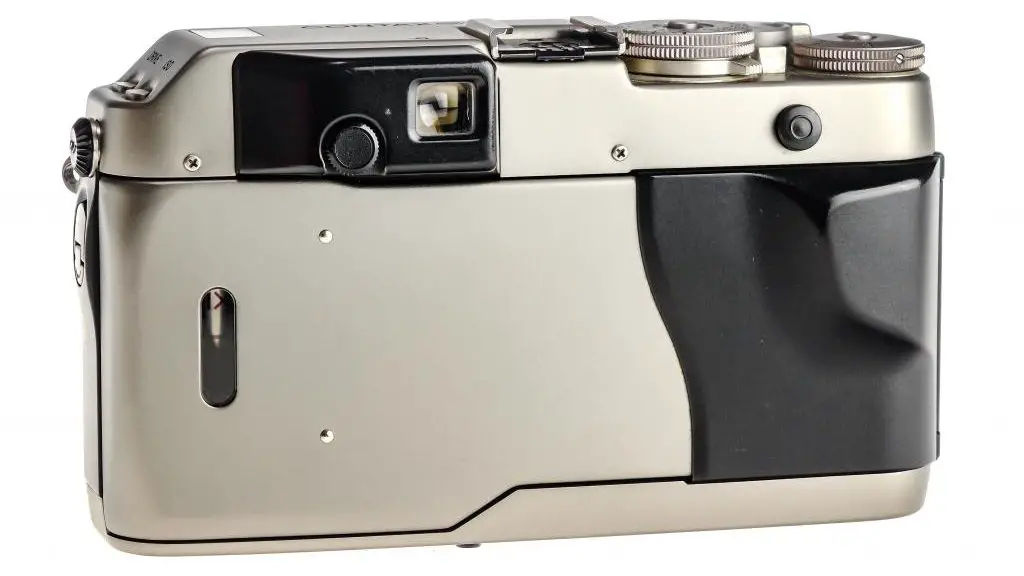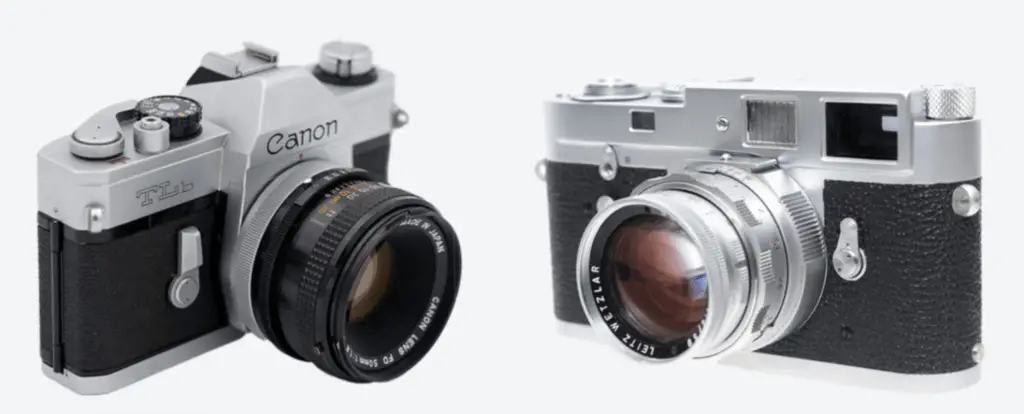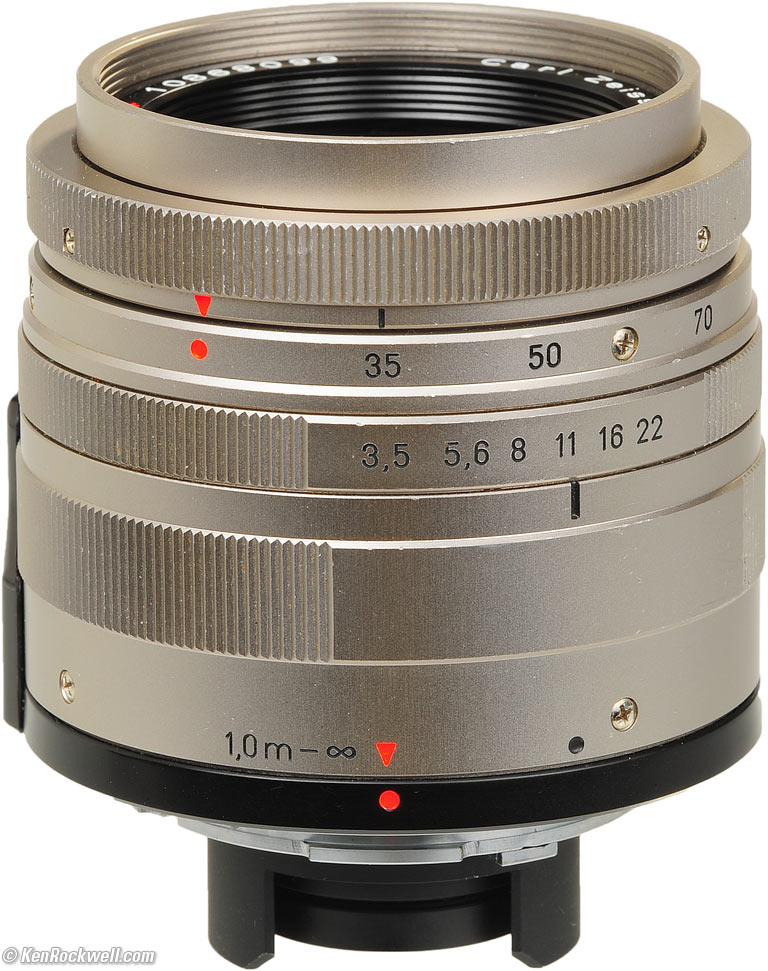

#KEN ROCKWELL CONTAX G2 MANUAL#
They also have two 35mm options to choose from (I'm excluding the manual focus Zeiss Loxia 35mm f/2.0): the Sony/Zeiss FE 35mm f/1.4 and the Sony/Zeiss FE 35mm f/2.8. Right now, Sony has their bases pretty well covered with their premium-priced Sony/Zeiss FE 55mm f/1.8 and Zeiss Batis 85mm f/1.8 (both of which are fast enough for my purposes). Trust me I've been asking myself that same questionĪfter jumping into the Sony ecosystem with a beautiful little α7II, I really only wanted three lenses: a 50-ish mm, an 85mm, and my favorite all-purpose, a 35mm. With the availability of extremely well performing 35mm lenses at the sub-thousand-dollar price point, why on earth would someone buy a slow (f/2.8) 35mm for $800? Canon and Nikon offer budget 35mm options: a f/2.0 IS and f/1.8G, respectively, both of which cost under $600 and are no slouches themselves. That's not too shabby for a lens that absolutely dominates its "L" and high-end Nikon competition, which both cost significantly more. I can take one CONTAX Zeiss lens into the field, throw an extension tube in my pocket, and be able to shoot a wide variety of subjects while carrying minimum weight. CONTAX Zeiss lenses excel with extension tubes because of their high resolution and minimum chromatic aberration. Shot f11.Įxtension tubes are great for those times when you’re not planning on macro photography but just want to get a bit closer. Contax Zeiss 28-85mm f3.3-4 with 18mm extension tube. Beautiful colors from the CONTAX Zeiss 100mm f3.5. CONTAX Zeiss 180mm f2.8 shot wide open f2.8 The CONTAX Zeiss 28-85mm makes a wonderful vintage portrait lens. Beautiful color reproduction straight out of the camera. AEG versions have all numbers painted white.Ī Selection of CONTAX Zeiss Images: CONTAX Zeiss 180mm f2.8 wide open and unedited. It will be colored green like in the image to the left. MM versions are easy to identify by looking at the smallest f-stop number.

Lens coatings have apparently been improved on the MM versions but I’ve never really noticed a difference. My 180mm f2.8 is an AEG version but I’m primarily shooting at f2.8 so it’s never really an issue. Ninja star bokeh is a product of the aperture blade design, typically apparent one or two clicks from wide open. The only notable difference for my shooting is the ninja star bokeh of the AE versions. MM versions, whether Germany or Japan, changed the style of the aperture blades and added different coatings, but otherwise the optical formulas remained the same for most of the CONTAX line. “G” versions were made in Germany while “J” versions were made in Japan.

Lenses come in AEG, AEJ, MMG, and MMJ versions. Lenses in C/Y Mount: Focal Length/Aperture: The designation for CONTAX Zeiss teleconverters.

Also includes Tele-Tessar and APO variants. Pronounced “T-Star”, The famous Zeiss multi-coating used on T* lenses.įixed focal-length primes with large maximum apertures. Naming conventions for C/Y mount lenses include: T*: The Contax brand would change from Contax, to CONTAX, and a new mount would be developed by Zeiss, the C/Y mount. In 1975 Zeiss formed a partnership with Japanese lens manufacturer Yashica (owned by Kyocera), in order to offshore camera production at a time when pressure between East and West Germany made previous collaborations over the Berlin wall difficult. Check back often for new reviews if you can’t find the lens you’re looking for. My inventory of CONTAX Zeiss glass is slowly growing. I hope you find the site enjoyable and informational. New mirrorless systems from Nikon, Sony, and Canon, have made adapting these vintage lenses effortless. I’m putting together this website in order to provide specific information on a variety of Carl Zeiss lenses made for CONTAX in the C/Y mount. Great build quality, unique rendering, Zeiss “3D Pop”, and price, are a few of the reasons I reach for one of these lenses 9 times out of 10. I’ve developed a bit of a fondness for these vintage lenses. Below is … Read moreĪn overview of CONTAX Zeiss lenses and history: Here is a flower shot I took with an 18mm extension tube attached to the lens. I’m not sure how many extension tubes I’d have to add to actually get the lens to 1:1 for true macro photography nonetheless, you can definitely add an extension tube and come out with some great results.


 0 kommentar(er)
0 kommentar(er)
